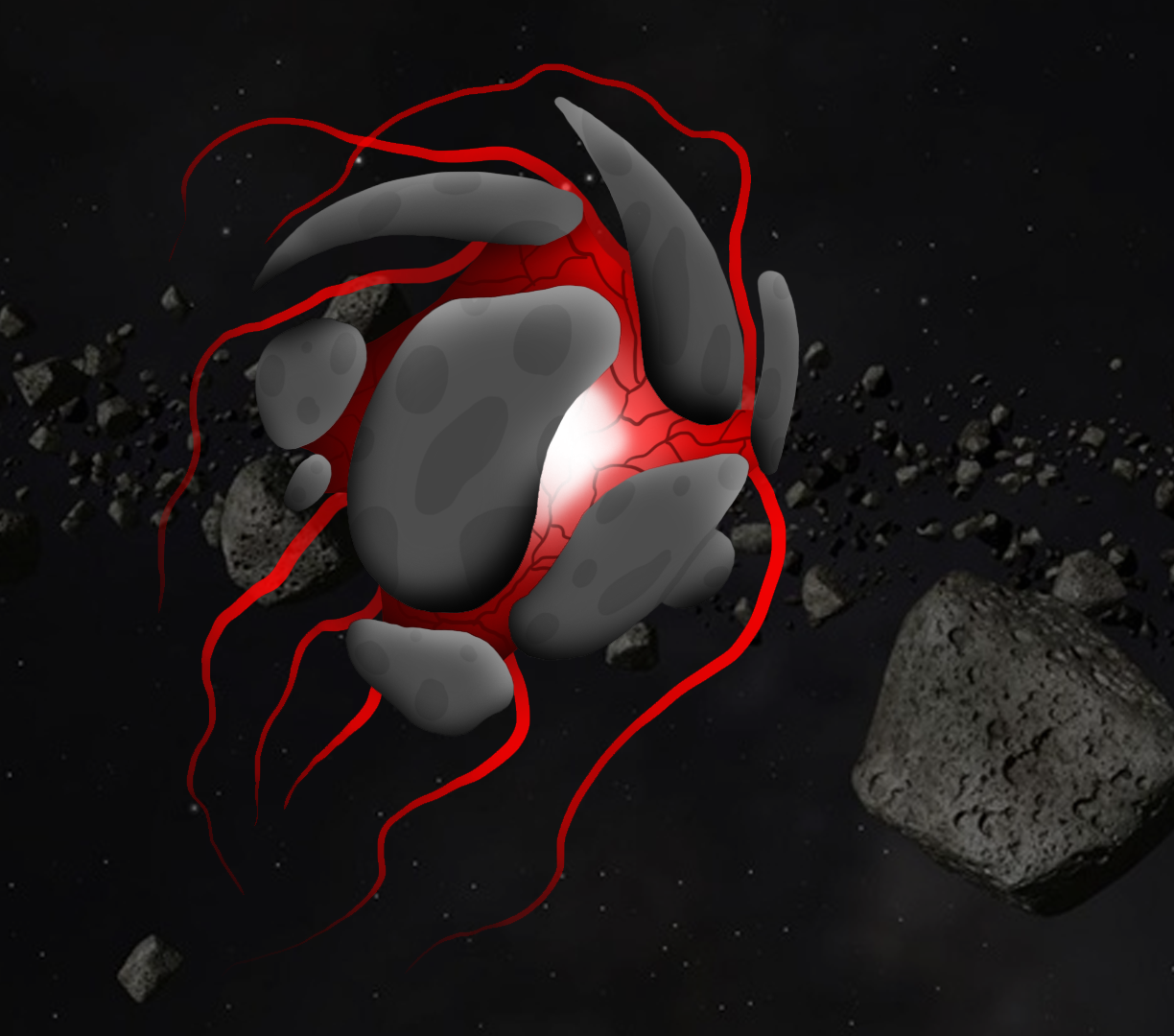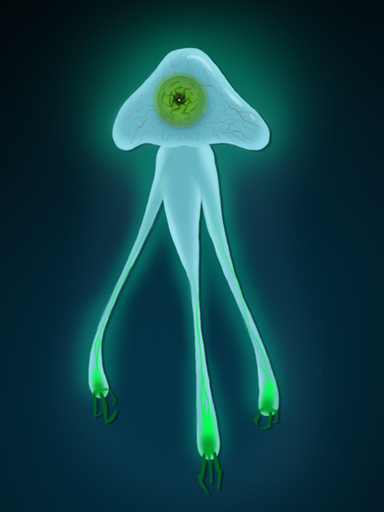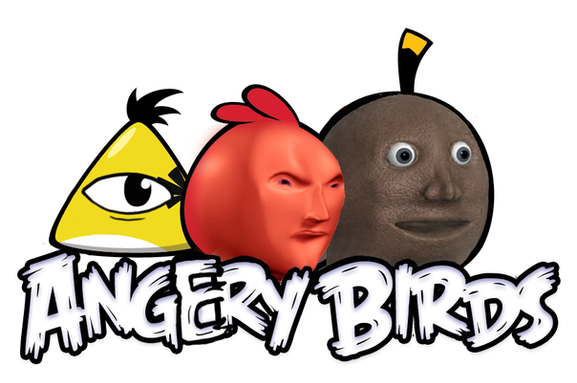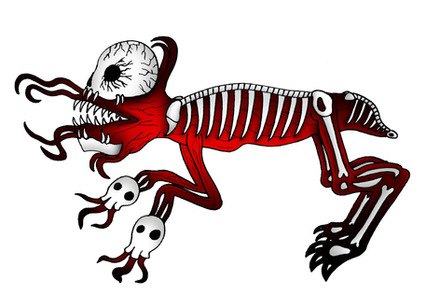HOME | DD
 detectOplasm — Daedrellum
detectOplasm — Daedrellum

#anchor #asteroid #beautiful #bright #chemical #daed #dendrite #eldritch #fungal #fungus #gentle #giant #glow #huge #interstellar #large #lifeform #mineral #octopus #radiation #reaction #red #rock #root #shell #shelled #space #spacial #tendril #tentacle #vermin #darksack100 #daedrellum
Published: 2017-09-20 17:34:18 +0000 UTC; Views: 1729; Favourites: 37; Downloads: 0
Redirect to original
Description
Daedrellum are few and far between. Though they are a rare sight, passive species, and prey to many other space-faring entities, Daedrellum are successful simply because they exist in so many areas that it would be near impossible for any species to track them down. Daedrellum have a physiology that cannot be traced back to any planetary life, suggesting that the species originated in a vacuum or asteroid. Yet to beings of earth their behavior can be described as a cross between animal and fungal organism. Daedrellum exist in two stages: the spore stage and the "latched" stage. In a spore stage the Daedrellum is only an insignificant mass of particulate matter, so small and simple it can survive in its spore form for centuries without biological decay. If it ever runs out of energy reserves, it simply wakes up, absorbs passive space radiation, and becomes dormant once more. Once the spore hits another object in space, the spore awakens, sends anchoring dendrites into the rock, and begins to grow on a combination of space radiation and whatever mineral material can be found in the rock. Chemical reactions inside the creature at this stage give it a gentle red glow, whiter towards the center.Over time the red Daedrellum mass will grow in size and develop a sticky texture that causes other spacial debris to attach. Eventually it will grow a shell, exchanging oversized or undersized rocks with better sized ones to cover its highly regenerative but vulnerable body. At an even later stage it becomes sufficiently complex to develop tendrils, enabling it to engage in limited locomotion... and better grab at nearby objects of interest. Even in this stage Daedrellum tend to be nonthreatening. They will opportunistically catch and absorb nearby small lifeforms, but they are highly visible and will not chase spaceships or other fleeing creatures. Additionally their prey of choice is of much smaller relative size: to consume a human, a Daedrellum must have a diameter of at least 2 miles, and even then rarely take the opportunity. Extremely large Daedrellum may eat larger lifeforms with relish, but only those ignorant enough to get within range (they ARE bright pulsing masses of rock and organic matter after all).
As can be inferred, Daedrellum grow to be quite large. They are hypothesized to be immortal, and only stop when their food runs out. Due to a biological quirk, their color becomes more tinted with age and their cell division begins to slow... but never entirely stop. The oldest recorded lifeforms are nearly 130,400 years old and planet-sized; it is estimated that they would grow only a few feet in diameter in the next 10 years. All throughout their "latched" stage Daedrellum will shoot off spores, which travel the long length of space until luck crashes them into their first home.
Many lifeforms regard the species as no threat. Some regard them as annoying interstellar vermin, yet some see them as quite beautiful.
Related content
Comments: 3

What happens if two come together? and this race is nice and peacefull.
👍: 0 ⏩: 1

Hm... they're so spread out that physical contact between two is incredibly rare.
But if they ever were to collide my guess is they would ignore eachother.
They would each instinctively know that the rock they're touching belongs
to another Daedrellum, so they'd retract their tendrils (or whatever is contacting)
and continue on their merry way.
In short it would be like a human encountering a passing stranger.
You angle yourself so you don't walk into them and keep moving in opposite directions.
👍: 0 ⏩: 1

Huh not what i was ready to read but cool!
👍: 0 ⏩: 0























